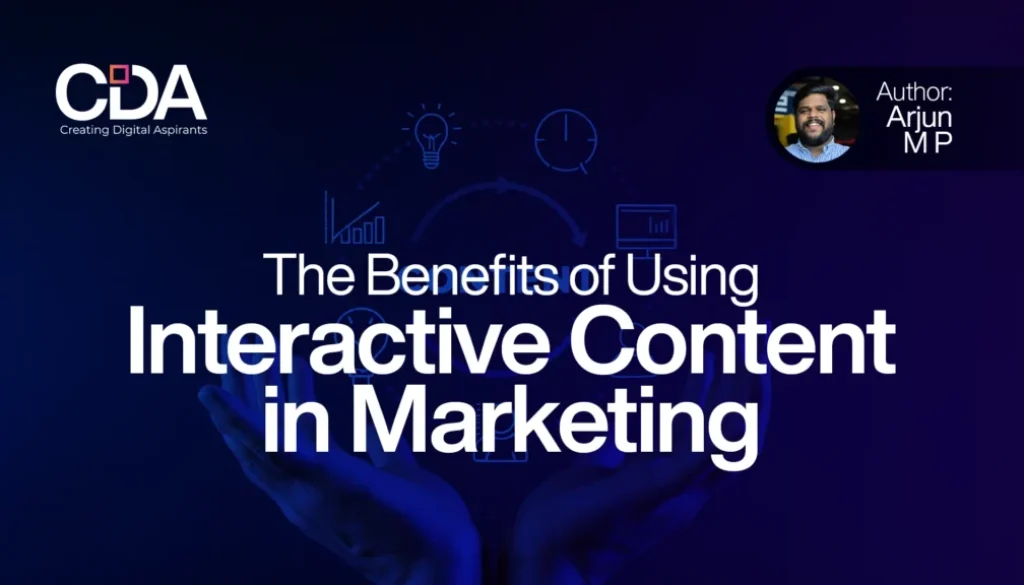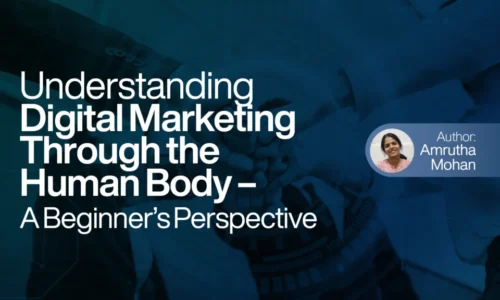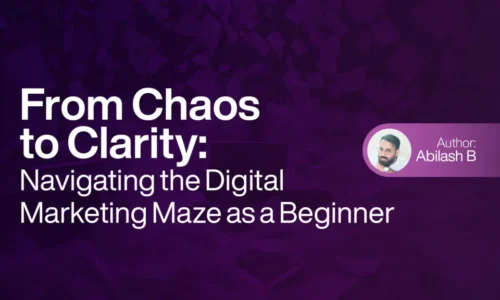The Benefits of Using Interactive Content in Marketing
It’s harder than ever to grab and hold an audience’s attention in the fast-paced digital world of today. There is a growing interest in interactive content because traditional marketing strategies frequently fail to engage users. In addition to increasing user engagement, this creative strategy increases conversions and fosters brand loyalty. Let’s examine the many advantages of using interactive content in your advertising campaign.
Table of Contents
Increased Engagement
The capacity of interactive material to increase user engagement is among its most important benefits. According to research, interactive content can increase engagement rates by up to 94% when compared to static information. This is mostly because interactive features like surveys, quizzes, and infographics encourage users to actively participate rather than passively consume content. Brands may maintain their audience’s attention and commitment to their content by establishing a two-way dialogue.
Higher Conversion Rates
In addition to increasing engagement, interactive content is essential for increasing conversions. Users are more likely to take additional actions, such subscribing to newsletters or making purchases, when they engage with the information, whether it be by answering a survey or finishing a quiz. Businesses eventually see an increase in sales and revenue as a result of this higher degree of involvement, which aids in guiding users along the marketing funnel.
Improved Data Collection
The potential of interactive material to improve data collecting is yet another strong advantage. Conventional marketing techniques frequently offer little information about the tastes and habits of the target demographic. On the other hand, by monitoring user activities, interactive content enables marketers to collect useful data. Businesses can learn about users’ interests and preferences, for example, by asking them to complete a quiz or poll. Following analysis, this data can be used to develop more individualized and focused marketing initiatives, which will increase client loyalty and satisfaction.
Enhanced User Experience
By offering individualized interactions based on user preferences, interactive content greatly improves the user experience. Users can connect with content that speaks to them directly thanks to interactive components, as opposed to static content that provides a one-size-fits-all approach. For instance, consumers can feel appreciated and understood by using an interactive calculator on a financial website to establish their budget based on particular inputs. In addition to maintaining user engagement, this tailored experience strengthens the bond between the company and its target market.
Building Trust and Authority
You may establish your brand as an authority in your industry by producing interactive content of the highest caliber. You show that you are knowledgeable and concerned about the requirements of your audience by presenting important information in interesting ways. Customers are more inclined to interact with brands they believe to be informed and trustworthy, therefore this trust-building component is crucial. Brand loyalty increases with trust and can result in referrals and repeat business.
Better Feedback Mechanisms
An efficient method of getting audience response is through interactive material. You may monitor user replies and preferences as they engage with your material, which helps you determine what appeals to them the most. Brands can swiftly adjust their tactics based on real-time information thanks to this instant feedback loop, which makes sure that subsequent marketing initiatives are more in line with consumer expectations.
Increased Shareability
Compared to conventional static formats, engaging interactive content is naturally more shareable. On social media platforms, users are more likely to share events that they find entertaining or educational. In addition to broadening the audience for your material, this improved shareability raises brand awareness and visibility among prospective buyers who might not have otherwise come across your company.
Differentiation from Competitors
Making an impression in a congested market is crucial to success. Brands have a rare chance to set themselves apart from rivals by creating captivating, lasting experiences with interactive content. By utilizing cutting-edge formats, such gamified quizzes or augmented reality experiences, marketers can produce unique interactions that make an impression on users that lasts.
Cost-Effective Marketing
Even though producing top-notch interactive content could need an initial time and resource commitment, it may end up being more affordable in the long term. By generating organic traffic through shares and referrals, engaging content tends to lessen the need for paid advertising. Additionally, the information gathered from interactive experiences can guide future marketing plans, guaranteeing that resources are used effectively.
Conclusion
There are many advantages to using interactive content in your marketing strategy that surpass those of more conventional methods. The benefits are obvious, ranging from better data collecting and user experience to higher engagement and conversion rates. Adopting interactive content is becoming a need for companies hoping to succeed in the current competitive environment, as consumers continue to seek for personalized and interesting experiences with brands.
Marketers may build stronger relationships with their audience and achieve significant commercial outcomes by utilizing interactive features, such as polls, quizzes, and immersive experiences. Those who capitalize on interactive content’s potential will surely set the standard for successful marketing tactics as the digital era progresses.



